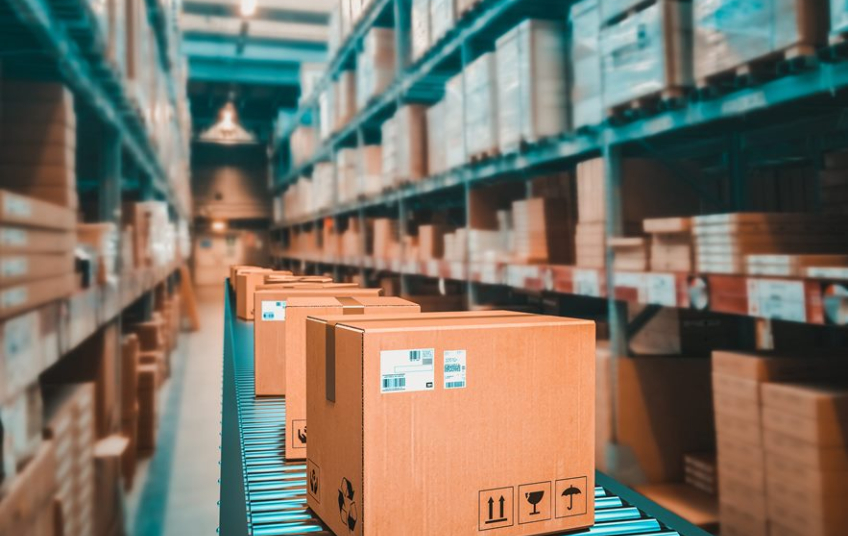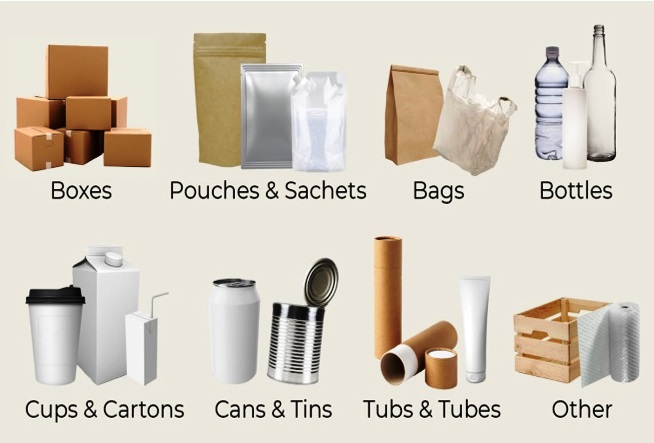
HISTORY OF PACKAGING
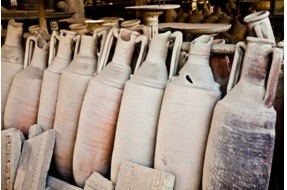
Packaging is used in many aspects of our lives. It can be traced back to prehistoric times and has evolved. Early humans used natural materials to package their goods. These materials included animal skins, woven cloth, and wooden crates. They also used sticks, stones, and clay to store food. Ancient Egyptians used papyrus to wrap items for storage, while the Greeks and Romans utilized large clay containers to store food.
The bottle (refredador) is one of the earliest versions of glass packaging. It is a wine bottle from France that was found dating back to the 1560s. It is made from glass and has a wooden cork inside it.
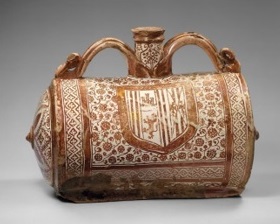
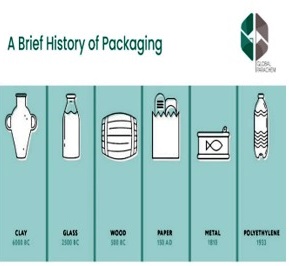
During the Middle Ages, Europeans began using wooden barrels for storing food. They were filled with vegetables, fruits, grains, meat products, etc. Wine and other goods were also stored in barrels.
People began using more durable materials to package their products as civilization progressed. This led to the development of packaging technologies such as paper, cardboard, and plastic.
Paper packaging first became popular in the 16th century. Due to it being lightweight and easy to transport, it was a natural choice for packaging. In the 18th century, paper packaging began to be used for other types of products.
Plastic packaging became popular in the 1950s. It was light-resistant, had a longer shelf-life, and could be easily molded into different shapes. The milk carton was one of the earliest products to use plastic packaging. It was used for other types of products beginning in the 1960s. It was implemented into packing used to store frozen foods.
What Is Packaging?
Packaging is a system that prepares goods/products for transport, distribution, storage, and retailing. It is the act of enclosing or protecting the product using a container to aid its distribution, identification, storage, promotion, and usage.
Packaging serves many purposes, but some of the main functions are containment, protection/preservation, marketing, product information/identification, and transportation.
Containment:
One of the primary functions of the package is to contain the product. One must consider the product’s physical form, nature, and use. This is essential for efficient product transportation, storage, and distribution. The shape and dimensions of the package determine the space required for storage, transportation, and display. Shrinkable films provide a valuable medium for the compaction of product lots on pallets.
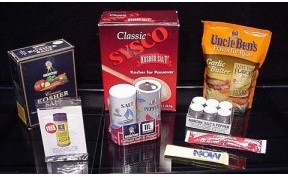
Protection/Preservation:
The product within the packaging must be protected from vibrations, compression, temperatures, water vapor, dust, and other outside forces. Protection also keeps products clean and sterile for their shelf life. It protects food from light, moisture, and other environmental contaminants. Packaging can keep products safe and secure in shipment and sale. Tampering results in lost profits for a company. As a result, companies work to make their packaging tamper-resistant so damage and shoplifting are minimized.

Marketing:
The package design, individual components that compose the package, and the label information work together to encourage customers to purchase the product. Well-planned designs create an image of quality and support the company’s brand. If the package design is not carefully considered, the company misses an opportunity to maximize revenue and develop a repeat customer base.

Product Information/Identification:
Other than text and graphics for product and brand identification and promotion, the printing usually includes essential data such as list of ingredients, nutritional data, production date and/or expiration for selling, price, and a barcode and information needed for product traceability. Packages and package labels communicate what is included in the package and how the products should be used, transported, disposed of, or recycled. Governments require specific information to be shared on the product label for medicine, food, and chemicals. Two types of information can be found on labels: information that makes the product more convenient for customers to buy or use and any information government agencies require. For the necessary information, the regulations protect the consumer from misleading product claims and improper product use.

Transportation:

Transport Packaging is a shipping unit that provides containment and protection to goods during handling, storage, and transportation. Convenient goods handling entails designing transport packaging to be held, lifted, moved, set down, and stowed easily, efficiently, and safely. This includes all industrial packaging and shipping containers for consumer products.
Levels of Packaging
Different packaging materials are used for various packaging purposes. There are three levels of packaging: Primary, Secondary, and Tertiary. Each level plays a role in protecting the product during shipping and storage.
Primary:
Primary packaging is directly in contact with the product or good and is referred to as retail packaging. It is the layer that consumers first see, which means it should be attractive and include valuable information about the product and its contents. Primary packaging protects the product from damage during transport and handling. It’s designed to stay on the product when the customer purchases it until the consumer utilizes it.
Secondary:
Secondary packaging is where products in their primary packaging are housed for shipment. The primary purpose of this packaging is to protect products during the shipping process while branding them. Many secondary packaging is designed to fit the product in primary packaging. This can include large boxes with the brand name stamped on the outside, displays that house the products in a neighborhood store, or cardboard cases that house soda.
Tertiary:
Wholesalers use tertiary packaging to ship products to their destinations and protect them from damage. It is used to transport large quantities of items and makes it easier to ship them at the same time. They don’t typically include prominent branding, but they have the product information stamped on the outside to make it easy to identify when unloading.

Types of Packaging
The different types of packaging provide a protective layer for products made from other materials. They are unique in providing protection during shipping and storage and acting as a sales and marketing tool. Various types of packaging exist throughout the different industries, but a few general types are consumer, industrial, institutional, and military packaging.
Consumer Packaging refers to products made of any material for the containment, protection, marketing, and handling of retail consumer products. This includes distribution packaging containing multiple products intended for direct consumer purchase.
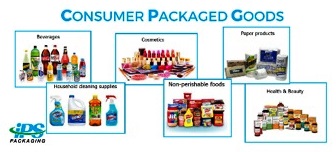
Industrial Packaging is usually made up of large, heavy units, is not intended for reuse, and is sold to manufacturers and/or copackers for their use as the packaging for their products.
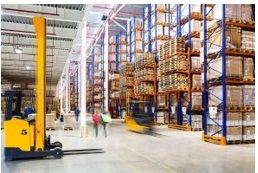
Institutional Packaging refers to packaged commodities purchased from the manufacturer and packed for an institutional consumer for its use or redistribution, but not for retail sale.

Military Packaging refers to the labeling of packaging for MIL-STD-2073-1 compliance. This is essentially a way of specifying the military preservation and packing that a given item requires to ensure that it is not degraded during shipment and storage.
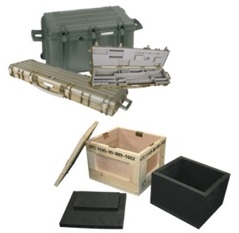
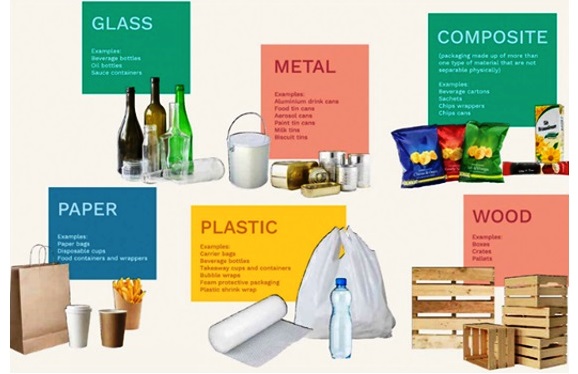
Today, packaging plays an essential role in our economy. It helps us store delicate items like food or cosmetics, protects products from damage during transport, and makes them easy to find and purchase.
References
Albert Paper Products. (2019, November 12). Primary, Secondary, and Tertiary Packaging 101. Albert Paper Products. Retrieved March 6, 2023
Burk, Z. (2009). Containment function. Containment Function - an overview | ScienceDirect Topics. Retrieved March 4, 2023
Conley, B. (2015). Agribusiness Library: Packaging and Labeling Products. SlidePlayer.
Global Parachem LLP. (2021, November 17). A Brief History of Packaging. LinkedIn. Retrieved March 4, 2023
Jeansebastienricher. (2023, January 9). The 3 levels of product packaging: Functions and importance. Les Emballages Netpak. Retrieved March 4, 2023
Nagal, V. (2022, May 11). The history of packaging: From Ancient Times to the future. PackagingGURUji: Scroll, Search, and Find. Retrieved March 5, 2023





























